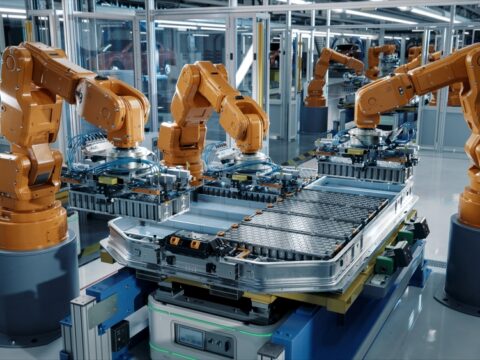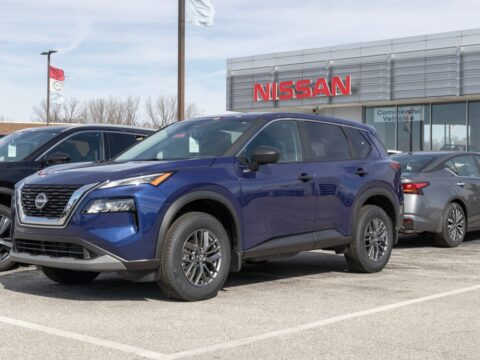The evolution of spacecraft design has been marked by groundbreaking milestones that have redefined our understanding of space travel and exploration. Early developments like the launch of Sputnik 1 in 1957 paved the way for satellite technology, while NASA’s Apollo missions of the 1960s demonstrated the capability to send humans to the Moon and return them safely. The advent of reusable spacecraft, such as the Space Shuttle, marked a significant shift in space travel efficiency. More recently, innovations like SpaceX’s Falcon 9 rocket, with its reusable first stage, and advanced propulsion systems are pushing the boundaries further. In this article, we’ll explore these key milestones in spacecraft design and how they’ve shaped humanity’s journey into space, leading to more ambitious missions and a future of deeper space exploration.
Contents
Sputnik 1 (1957) – The First Artificial Satellite
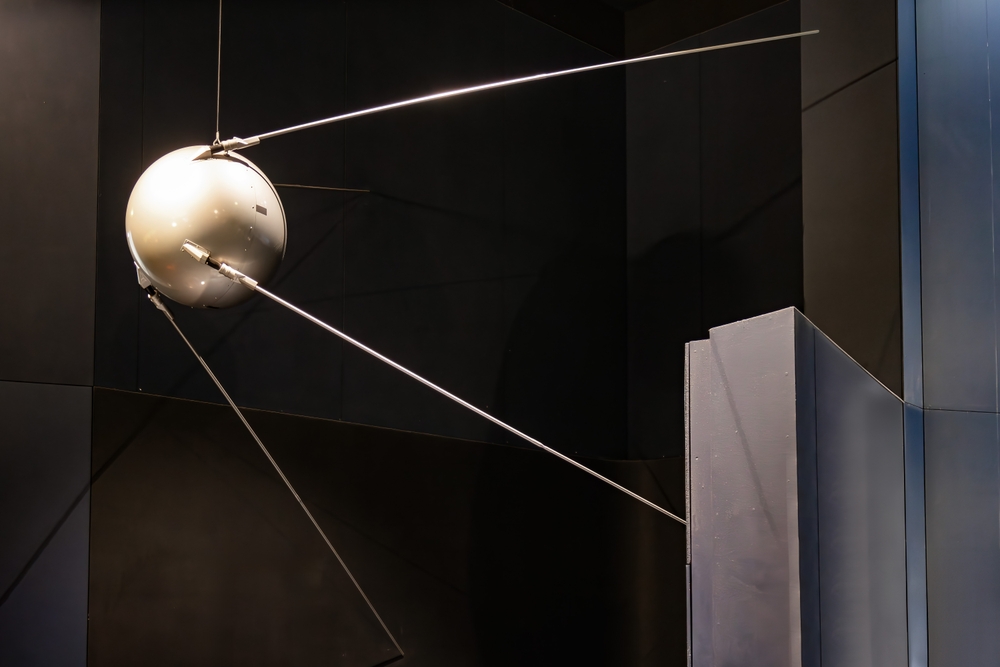
The launch of Sputnik 1 by the Soviet Union in 1957 marked the beginning of the space age and the first milestone in spacecraft design. This basketball-sized satellite, weighing 184 pounds, was the first human-made object to orbit Earth. Its simple, spherical design carried four external radio antennas to broadcast radio pulses back to Earth. Sputnik 1 demonstrated that humans could send objects into space and opened the door for future space exploration. This milestone spurred the space race, leading to the development of more advanced spacecraft for communication, exploration, and scientific research.
Vostok 1 (1961) – First Human Spaceflight
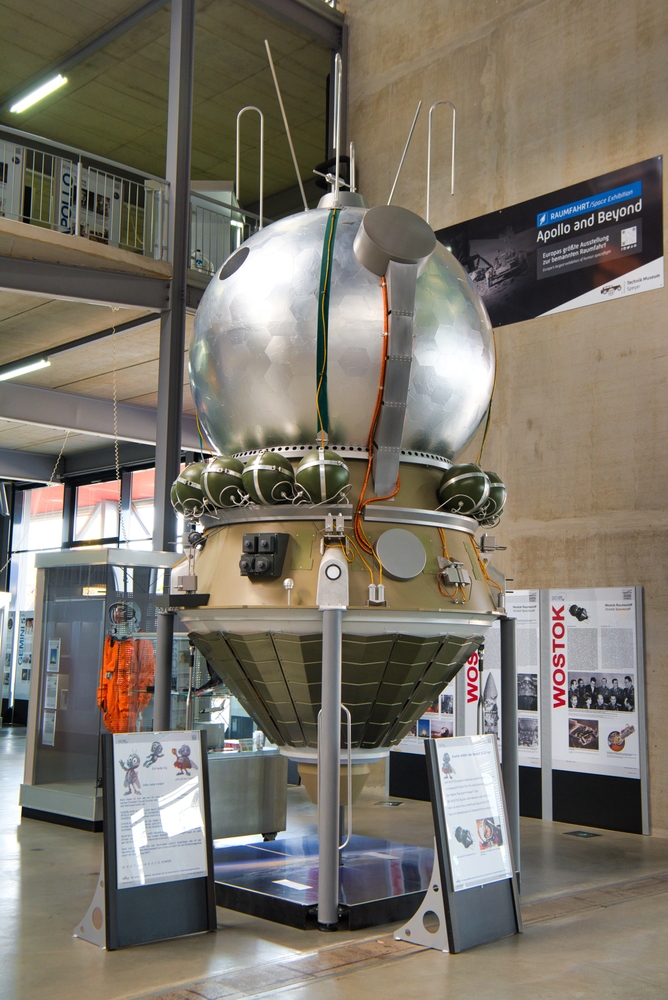
In 1961, Soviet cosmonaut Yuri Gagarin became the first human to orbit Earth aboard Vostok 1, marking a critical milestone in spacecraft design. The Vostok capsule was designed to sustain human life in space for a short duration, with Gagarin’s flight lasting 108 minutes. The spacecraft featured a spherical design that allowed for re-entry from any orientation, and Gagarin ejected from the capsule with a parachute upon descent. This achievement not only proved that humans could survive space travel but also set the stage for more complex missions, including long-duration flights and lunar exploration.
Apollo Lunar Module (1969) – First Manned Lunar Landing
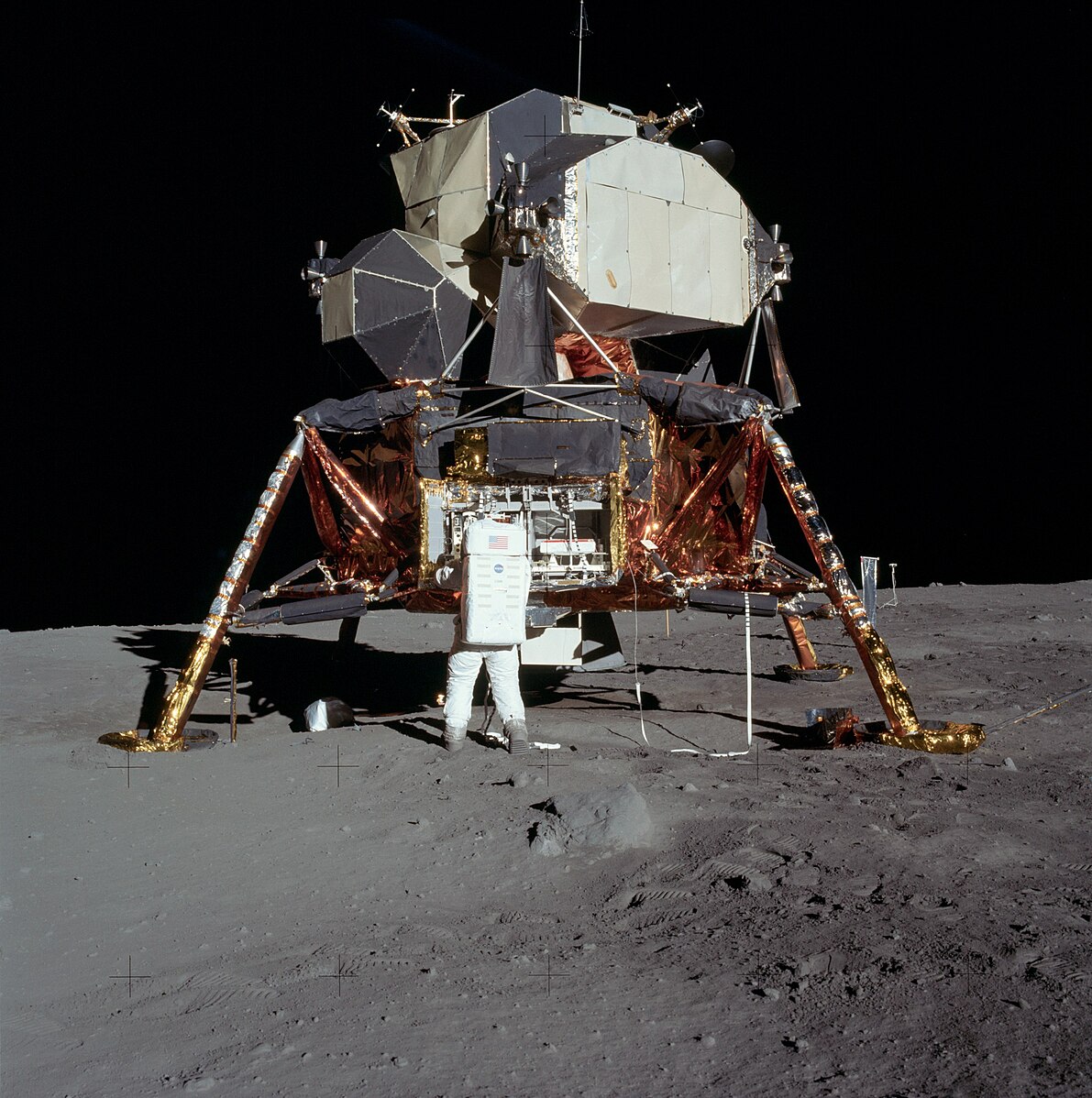
The Apollo Lunar Module (LM) was the first spacecraft designed to land humans on another celestial body. Developed as part of NASA’s Apollo program, the LM played a crucial role in the historic Apollo 11 mission in 1969, when Neil Armstrong and Buzz Aldrin became the first humans to walk on the moon. The LM had a two-stage design: an ascent stage for launching back into space and a descent stage for landing on the lunar surface. Its lightweight, angular design was specifically crafted for the moon’s low gravity and lack of atmosphere. This milestone represented a leap forward in spacecraft engineering, proving humans could land on and return from other worlds.
Voyager Probes (1977) – First Interstellar Spacecraft
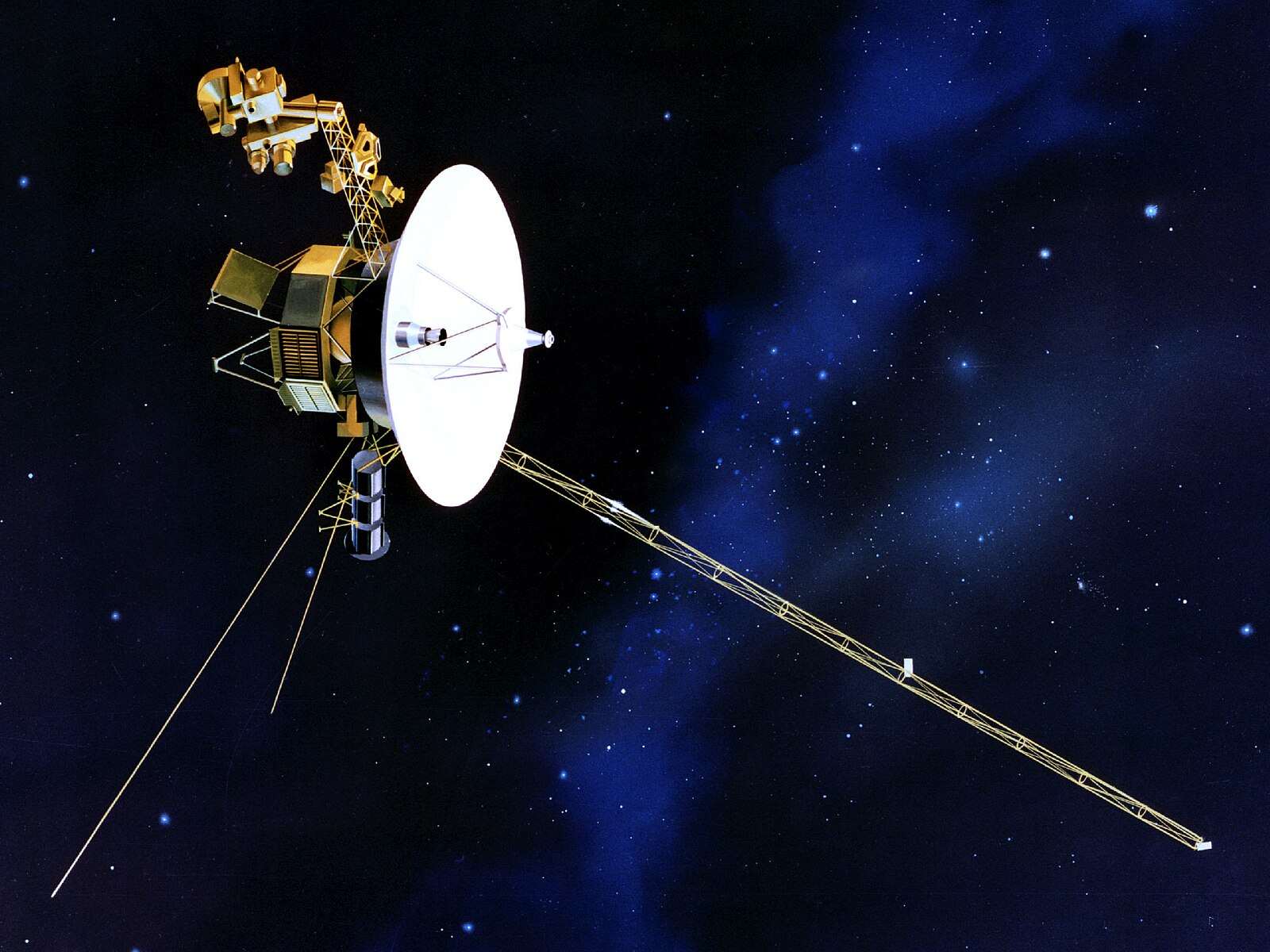
Launched in 1977, the twin Voyager probes, Voyager 1 and Voyager 2, were designed for long-term missions to explore the outer planets of our solar system. They became the first spacecraft to reach interstellar space, a major milestone in deep space exploration. The probes featured pioneering instruments for imaging and analyzing planetary atmospheres and magnetic fields, sending back detailed data from Jupiter, Saturn, Uranus, and Neptune. Equipped with golden records containing information about Earth and humanity, the Voyagers also symbolized humanity’s first message to potential extraterrestrial civilizations. Their durability and longevity continue to push the boundaries of spacecraft design.
Space Shuttle (1981) – First Reusable Spacecraft
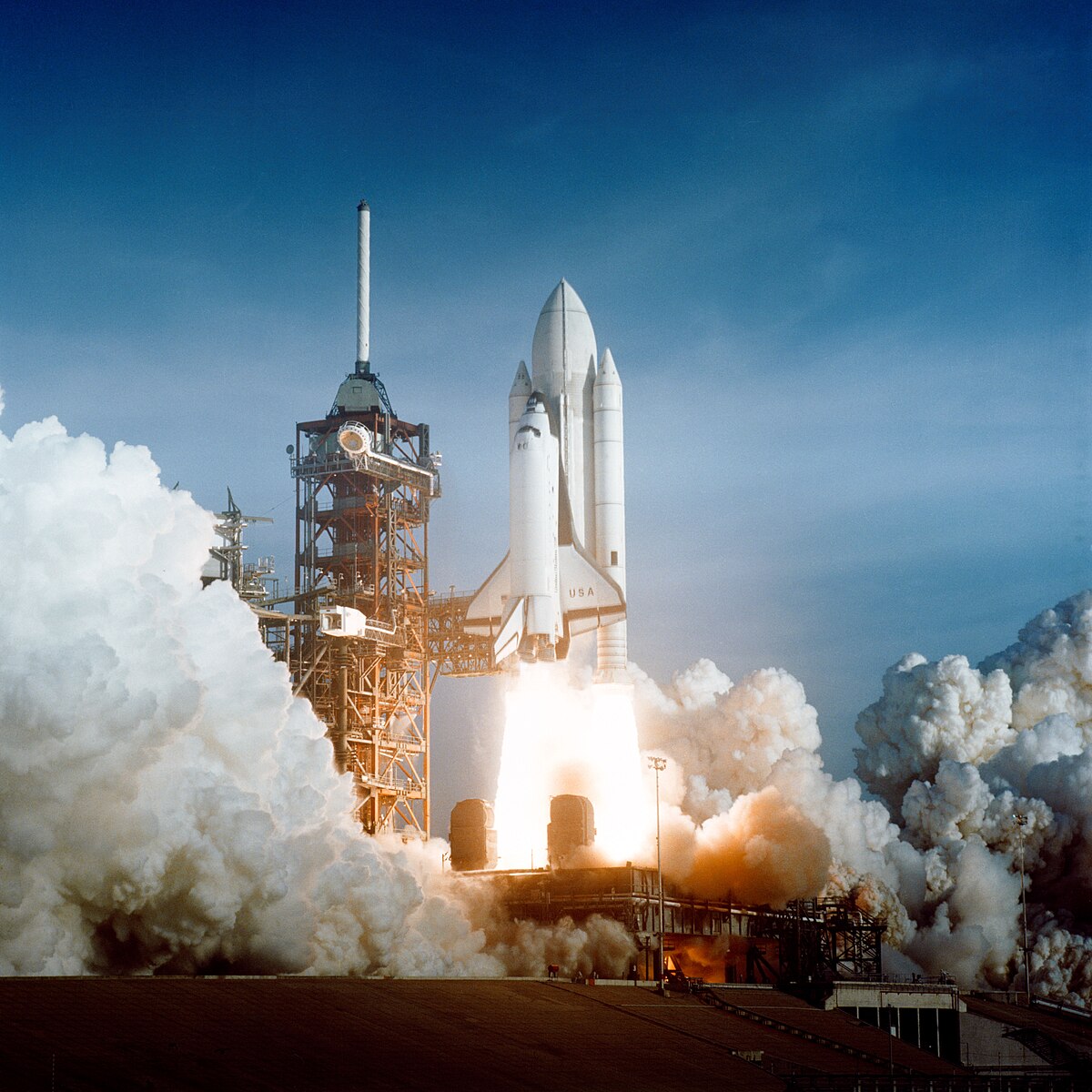
NASA’s Space Shuttle, first launched in 1981 with the Columbia mission, revolutionized spacecraft design by introducing reusability, significantly reducing the cost of space travel. The shuttle consisted of an orbiter, solid rocket boosters, and an external fuel tank. Unlike previous spacecraft, which were single-use, the orbiter could be flown multiple times, returning to Earth like a plane after each mission. This allowed for more frequent and cost-effective missions, including satellite launches, space station construction, and scientific experiments. The Space Shuttle’s reusable design marked a critical turning point, laying the groundwork for modern reusable rockets.
Hubble Space Telescope (1990) – First Major Space-Based Observatory
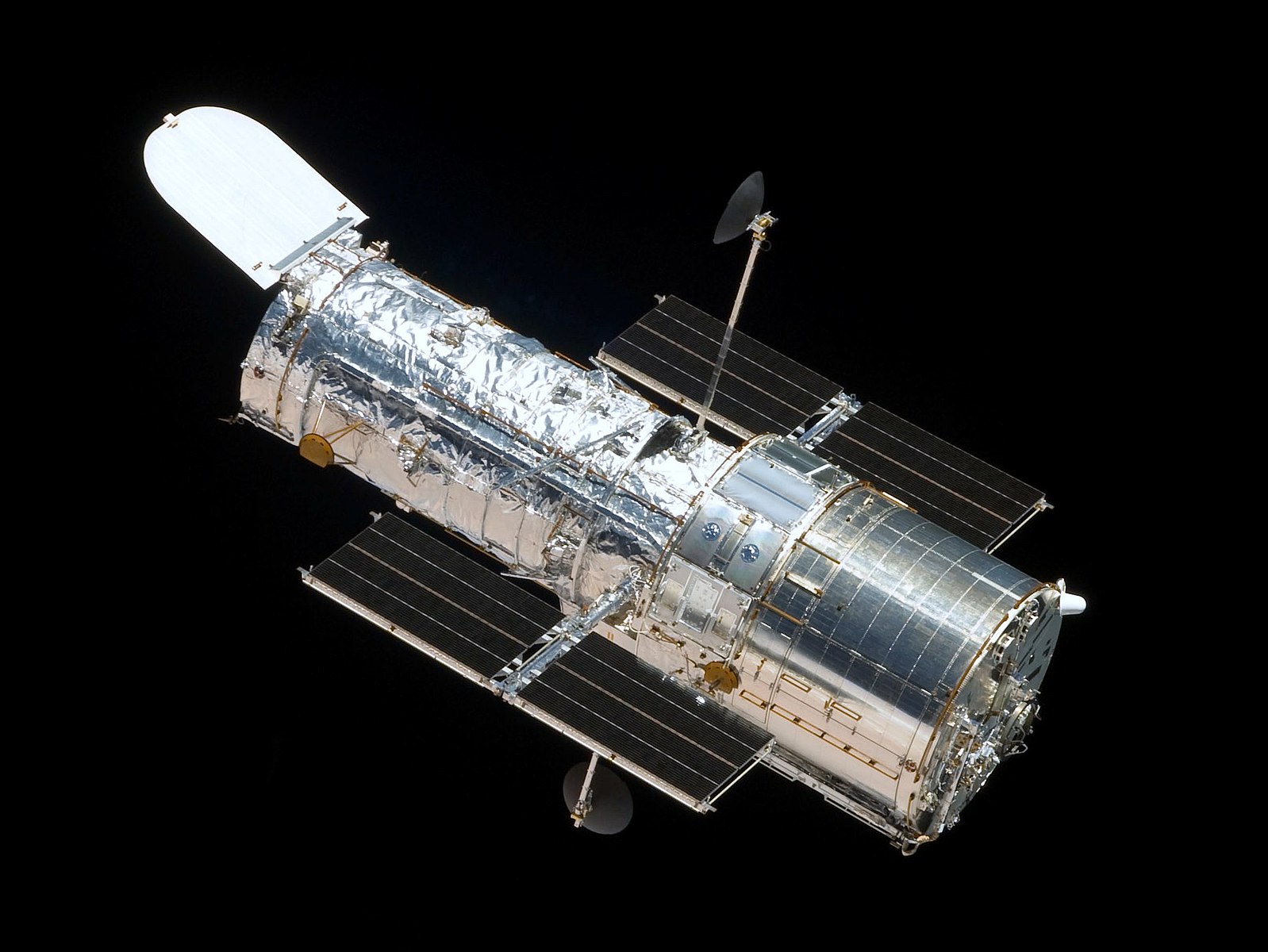
The launch of the Hubble Space Telescope in 1990 was a monumental milestone in spacecraft design for scientific exploration. Orbiting above Earth’s atmosphere, Hubble provided unprecedented clarity for observing distant stars, galaxies, and planets. Its 2.4-meter mirror and suite of instruments have captured some of the most iconic images of the universe, deepening our understanding of the cosmos. The telescope was designed for serviceability, with multiple space shuttle missions upgrading and repairing its systems over the years. Hubble’s long-term success demonstrated the value of designing spacecraft for longevity and adaptability, inspiring future space telescopes like the James Webb.
International Space Station (1998) – First Permanently Manned Space Habitat
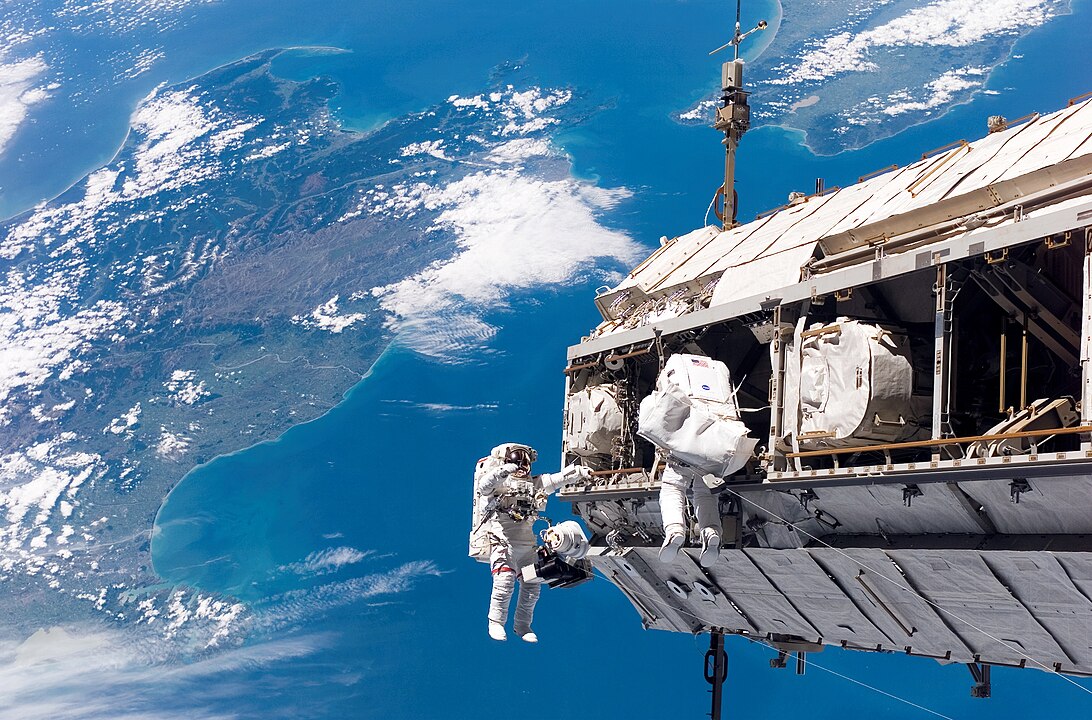
The International Space Station (ISS) represents a major milestone in spacecraft design, being the first permanently inhabited orbital research station. Launched in 1998 through international collaboration between NASA, Roscosmos, ESA, and other space agencies, the ISS is modular, allowing for continuous expansion and maintenance. It orbits Earth at an average altitude of 400 km, providing a unique environment for scientific research, including the effects of long-term spaceflight on the human body and experiments in microgravity. The ISS’s modular design, international collaboration, and use as a living laboratory make it a milestone in human space habitation.
Cassini-Huygens (1997) – First Landing on Titan
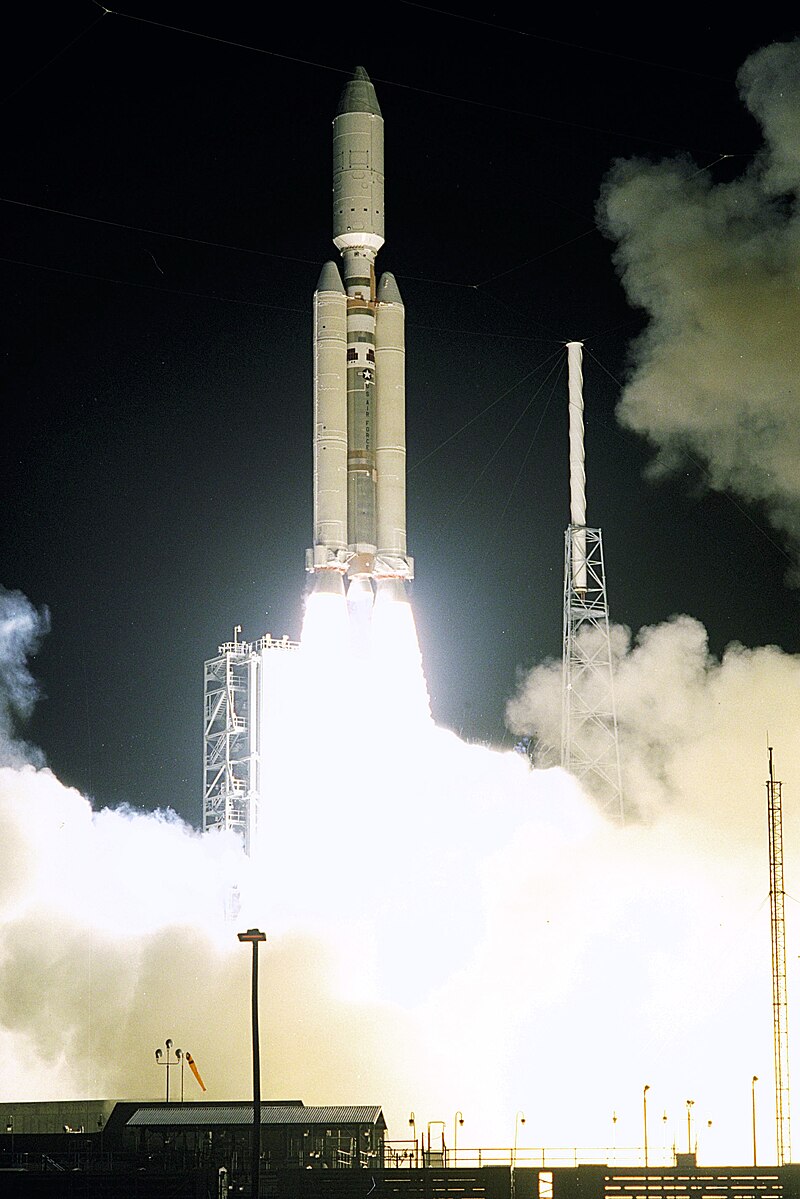
The Cassini-Huygens mission, launched in 1997 by NASA and ESA, was a major milestone in spacecraft exploration, particularly for studying the outer planets. Cassini orbited Saturn for 13 years, sending back detailed data on the planet’s rings and moons. The mission’s most significant achievement came in 2005 when the Huygens probe landed on Titan, Saturn’s largest moon, becoming the first spacecraft to land on an outer solar system body. This mission provided unprecedented insights into Titan’s atmosphere and surface, demonstrating the capability of spacecraft to operate in extreme environments and laying the groundwork for future outer planet exploration.
Mars Pathfinder and Sojourner Rover (1997) – First Robotic Rover on Mars
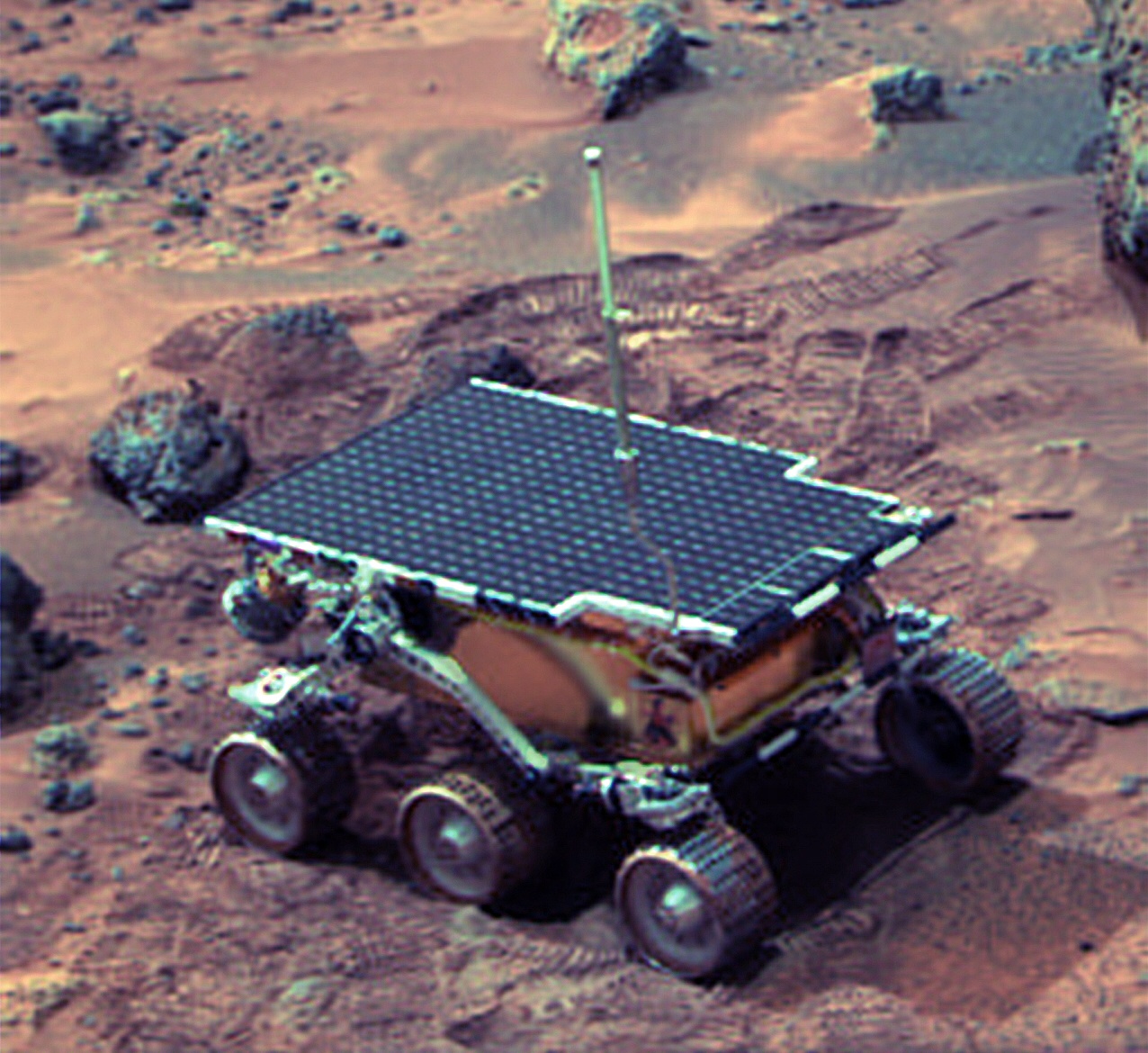
The Mars Pathfinder mission, launched in 1996, was a major milestone in Mars exploration, particularly due to its deployment of Sojourner, the first robotic rover to explore the Martian surface. Sojourner was equipped with scientific instruments to analyze the soil and rocks, sending valuable data back to Earth. The success of this mission proved that small, low-cost spacecraft could be highly effective for planetary exploration. Mars Pathfinder and Sojourner’s achievements paved the way for more advanced rovers like Spirit, Opportunity, and Curiosity, which have continued to enhance our understanding of Mars.
SpaceX Dragon (2012) – First Private Spacecraft to Dock with the ISS
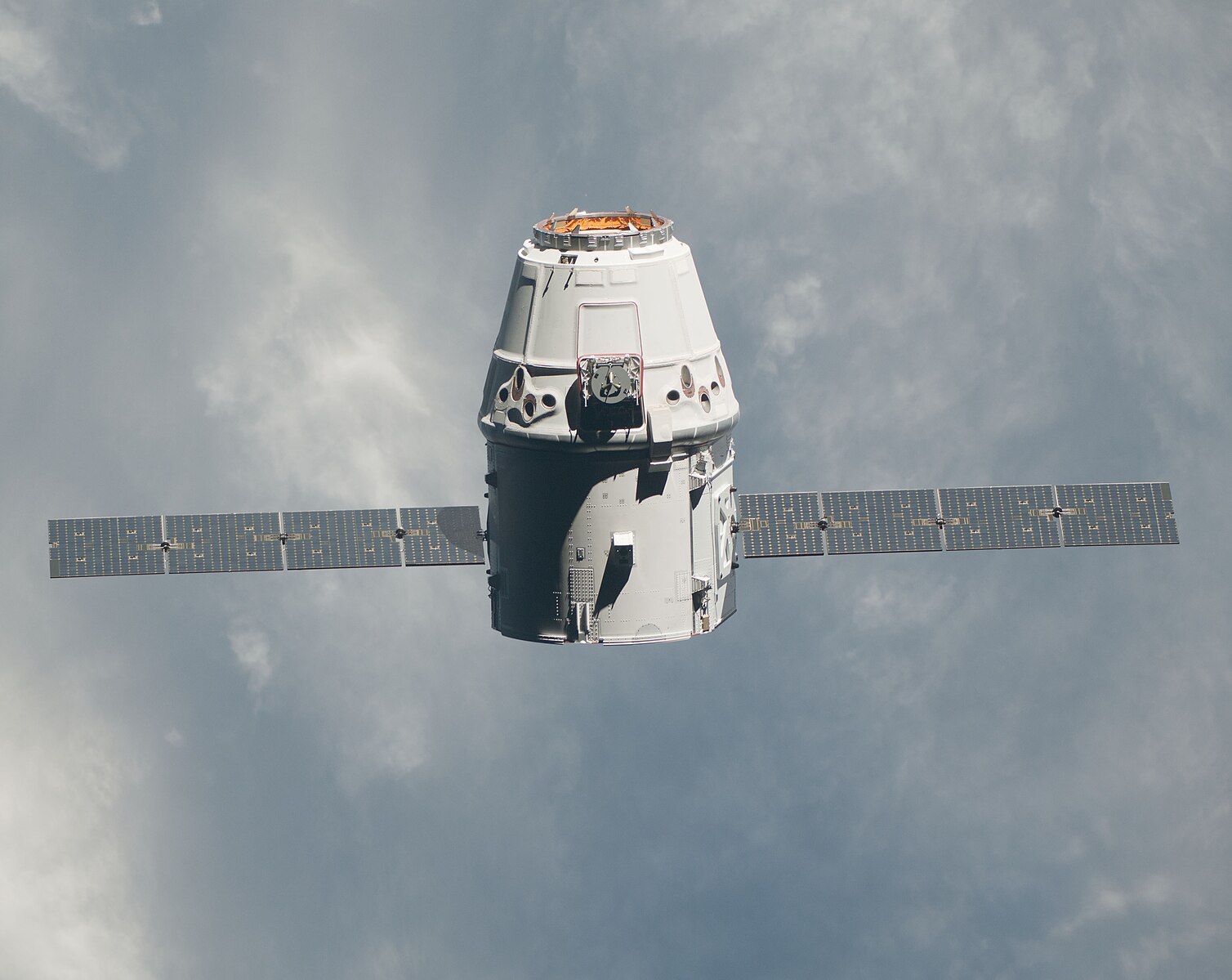
The SpaceX Dragon made history in 2012 when it became the first privately developed spacecraft to dock with the International Space Station (ISS). This milestone was a significant leap for commercial spaceflight, marking the shift from government-only space missions to private companies playing a leading role. Dragon is a reusable spacecraft designed to transport cargo and crew, equipped with advanced avionics, heat shielding, and navigation systems. This achievement demonstrated the potential for private industry to support space exploration and opened the door for more commercial ventures in space.
Curiosity Rover (2012) – Largest and Most Advanced Mars Rover
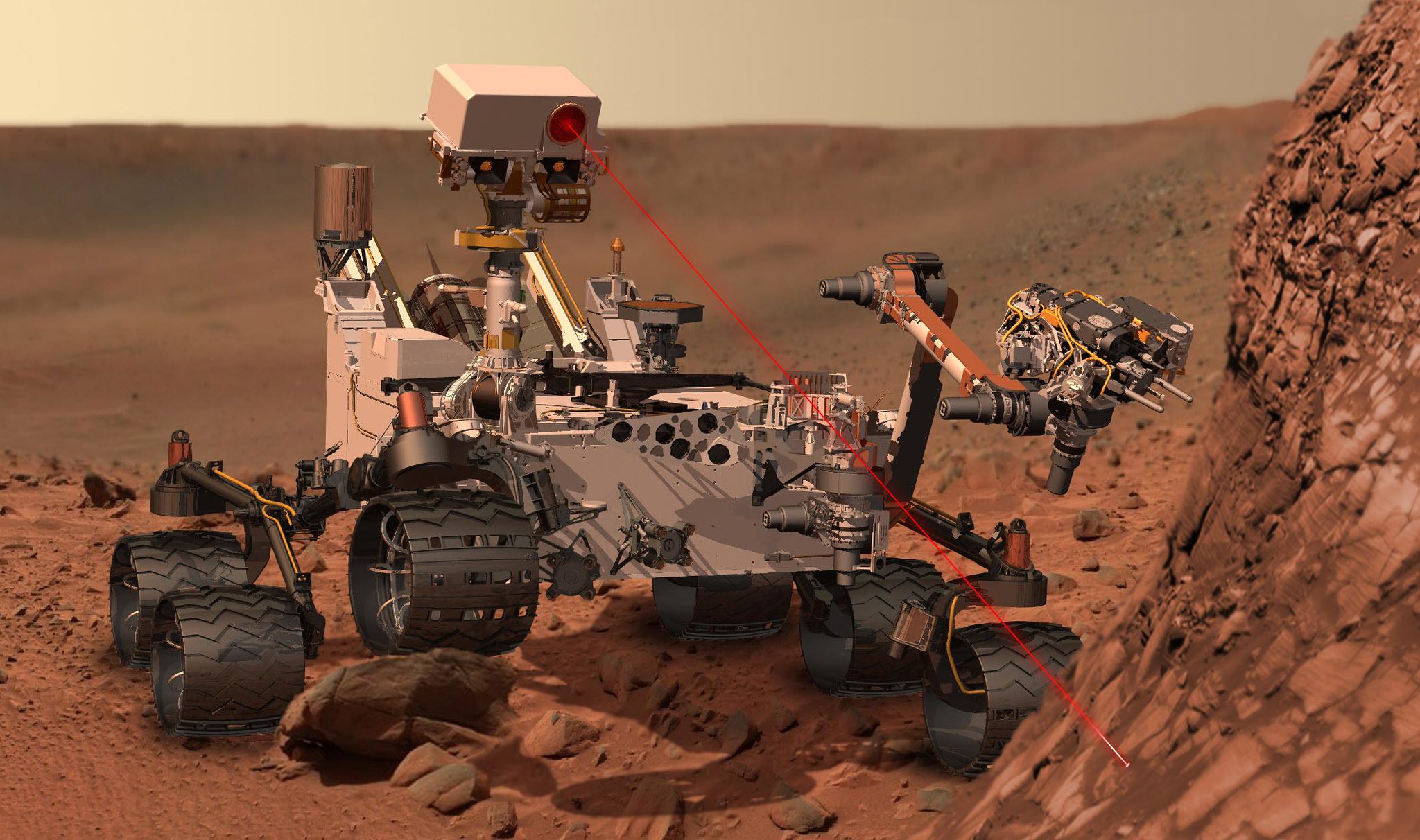
NASA’s Curiosity rover, launched in 2012, marked a significant advancement in spacecraft design, particularly for planetary exploration. Curiosity is the largest and most advanced rover ever sent to Mars, equipped with a suite of sophisticated scientific instruments, including a robotic arm, cameras, and a drill capable of analyzing soil and rock samples. Powered by a nuclear radioisotope thermoelectric generator (RTG), Curiosity can operate for years, far longer than solar-powered predecessors. Its ability to traverse diverse terrains, analyze complex samples, and communicate vast amounts of data make it a milestone in robotic exploration.
Orion Spacecraft (2021) – Deep Space Exploration
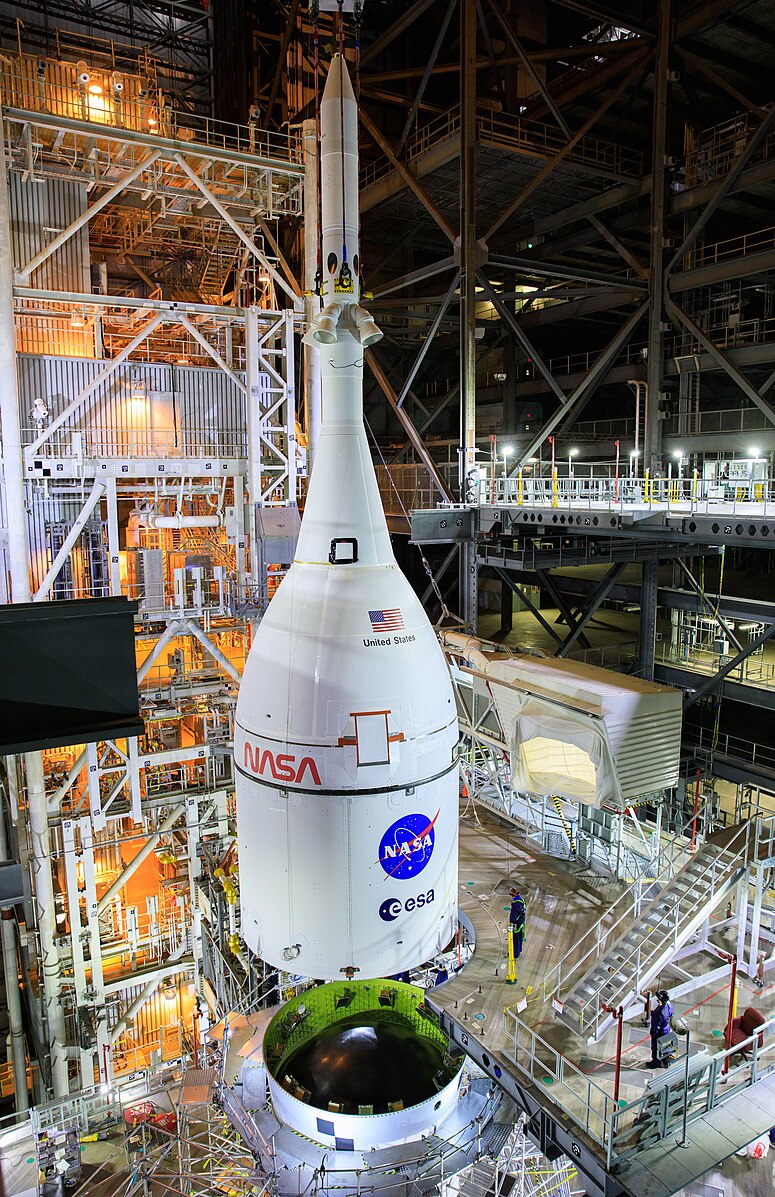
NASA’s Orion spacecraft represents a significant milestone in human space exploration, designed to take astronauts beyond low Earth orbit for the first time since the Apollo missions. Orion is capable of traveling to the Moon, Mars, and potentially other deep-space destinations. It features an advanced life support system, reentry heat shielding, and robust radiation protection to ensure astronaut safety on long-duration missions. With the Artemis program, Orion is slated to return humans to the lunar surface, serving as a vital component of future deep-space exploration.
Falcon Heavy (2018) – Most Powerful Operational Rocket
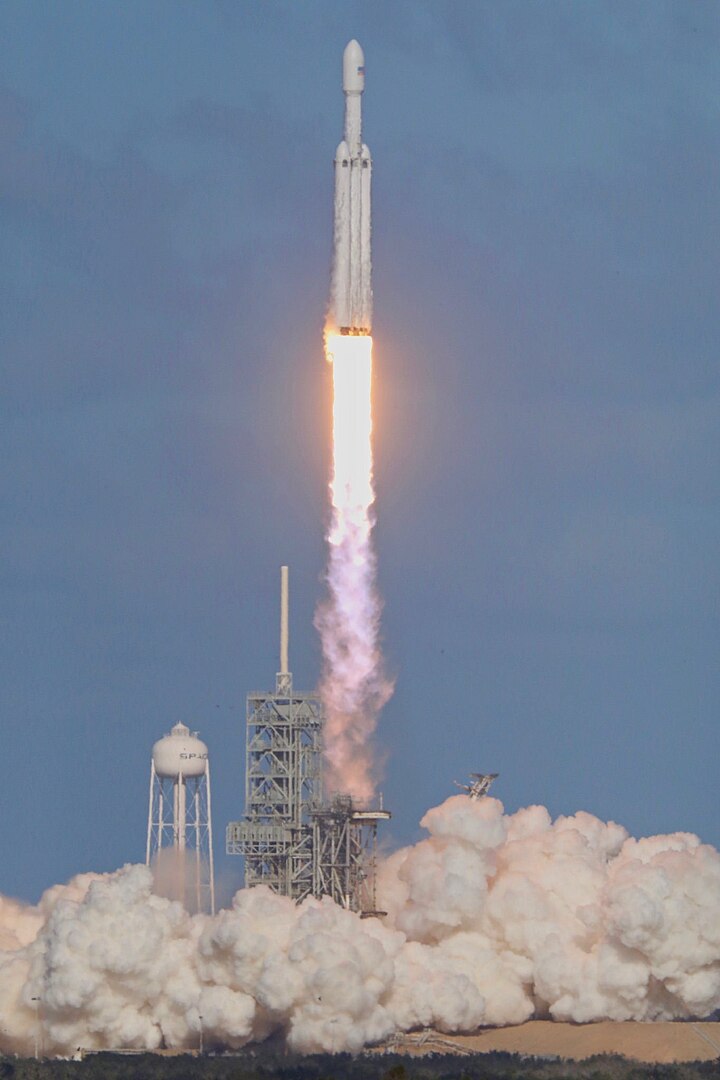
SpaceX’s Falcon Heavy became the most powerful operational rocket in the world upon its maiden flight in 2018. Capable of lifting 64 metric tons to low Earth orbit, Falcon Heavy represents a milestone in launch vehicle design, with its innovative use of reusable first-stage boosters that autonomously return to Earth for future flights. The rocket’s unprecedented payload capacity and cost-efficiency make it a game-changer for commercial and government space missions. Falcon Heavy’s success demonstrated the potential for affordable, high-capacity launches, paving the way for ambitious missions to Mars and beyond.
New Horizons (2006) – First Flyby of Pluto
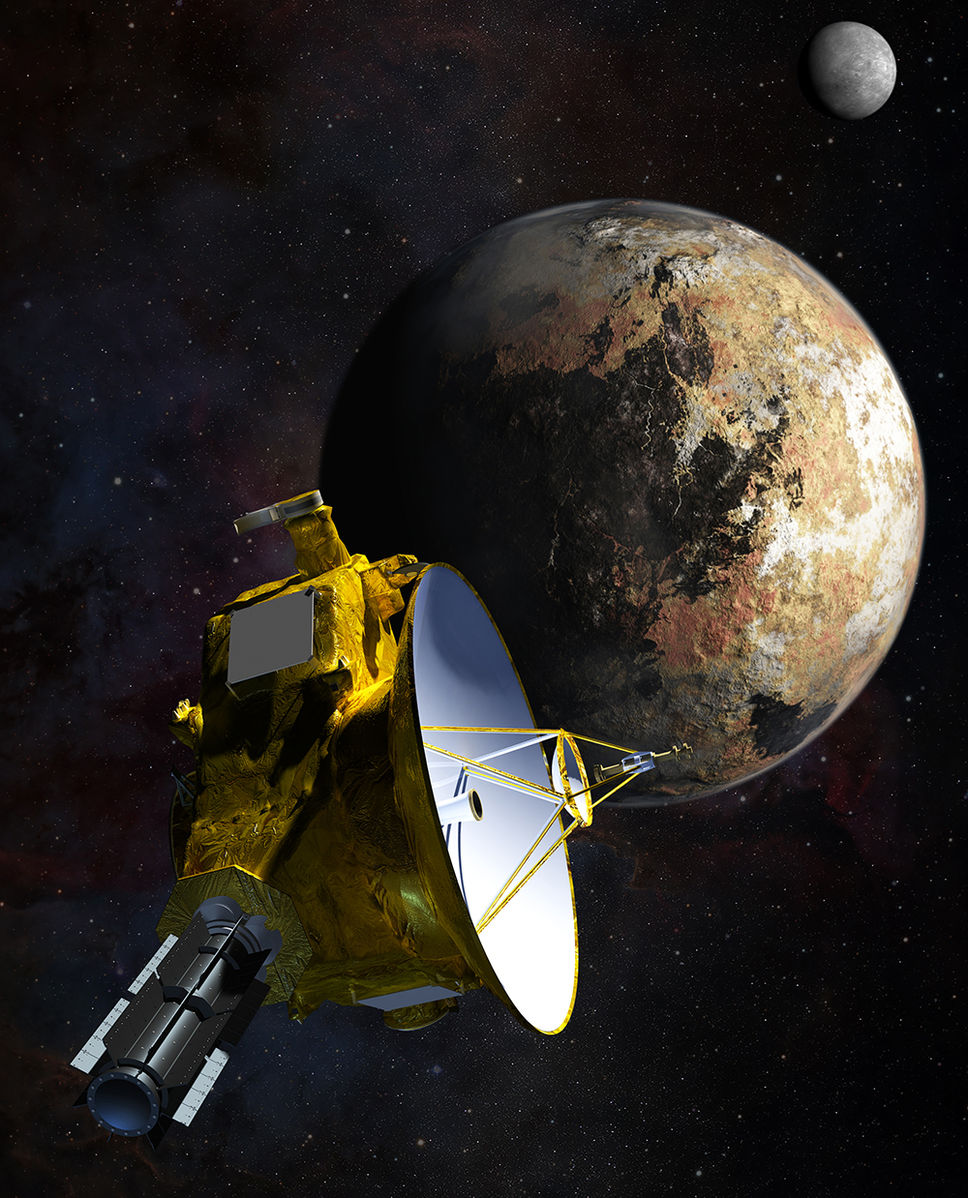
Johns Hopkins University Applied Physics Laboratory / Wikimedia Commons
NASA’s New Horizons mission, launched in 2006, became the first spacecraft to fly by and study Pluto in 2015, marking a major milestone in the exploration of the outer solar system. Equipped with high-resolution cameras and spectrometers, New Horizons sent back detailed images and data on Pluto’s atmosphere, surface, and moons, reshaping our understanding of this distant world. After completing its Pluto mission, New Horizons continued to explore the Kuiper Belt, further expanding our knowledge of the solar system’s frontier. Its long-distance travel and success in gathering unprecedented data make it a significant milestone in spacecraft design for deep space exploration.
Juno (2011) – First Polar Orbit of Jupiter
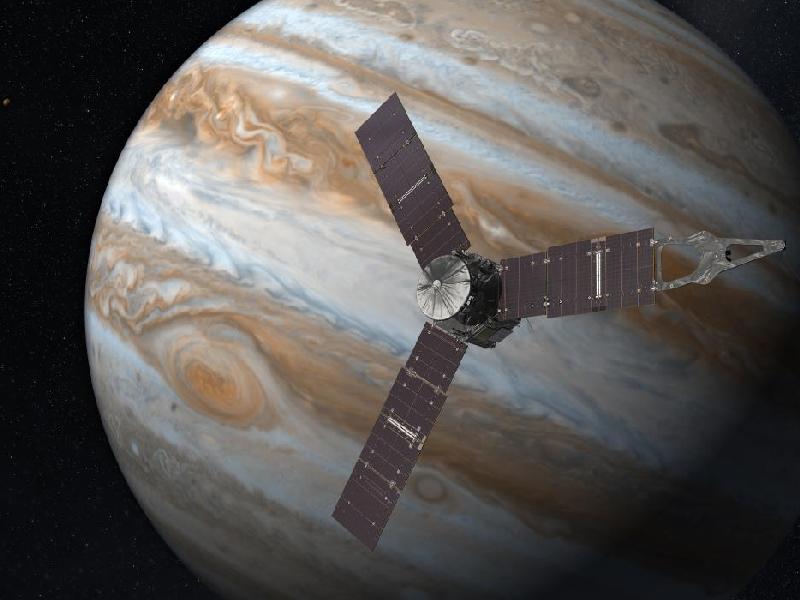
NASA’s Juno spacecraft, launched in 2011, became the first spacecraft to enter a polar orbit around Jupiter, allowing it to study the gas giant in unprecedented detail. Juno’s mission is to measure Jupiter’s composition, gravity field, magnetic field, and polar magnetosphere, providing critical data on the planet’s formation and structure. The spacecraft is equipped with solar panels—the largest ever flown on a planetary mission—and advanced instruments designed to withstand Jupiter’s intense radiation. Juno’s ability to operate in such a hostile environment while gathering valuable scientific data marks a significant milestone in spacecraft design for gas giant exploration.
Parker Solar Probe (2018) – Closest Approach to the Sun
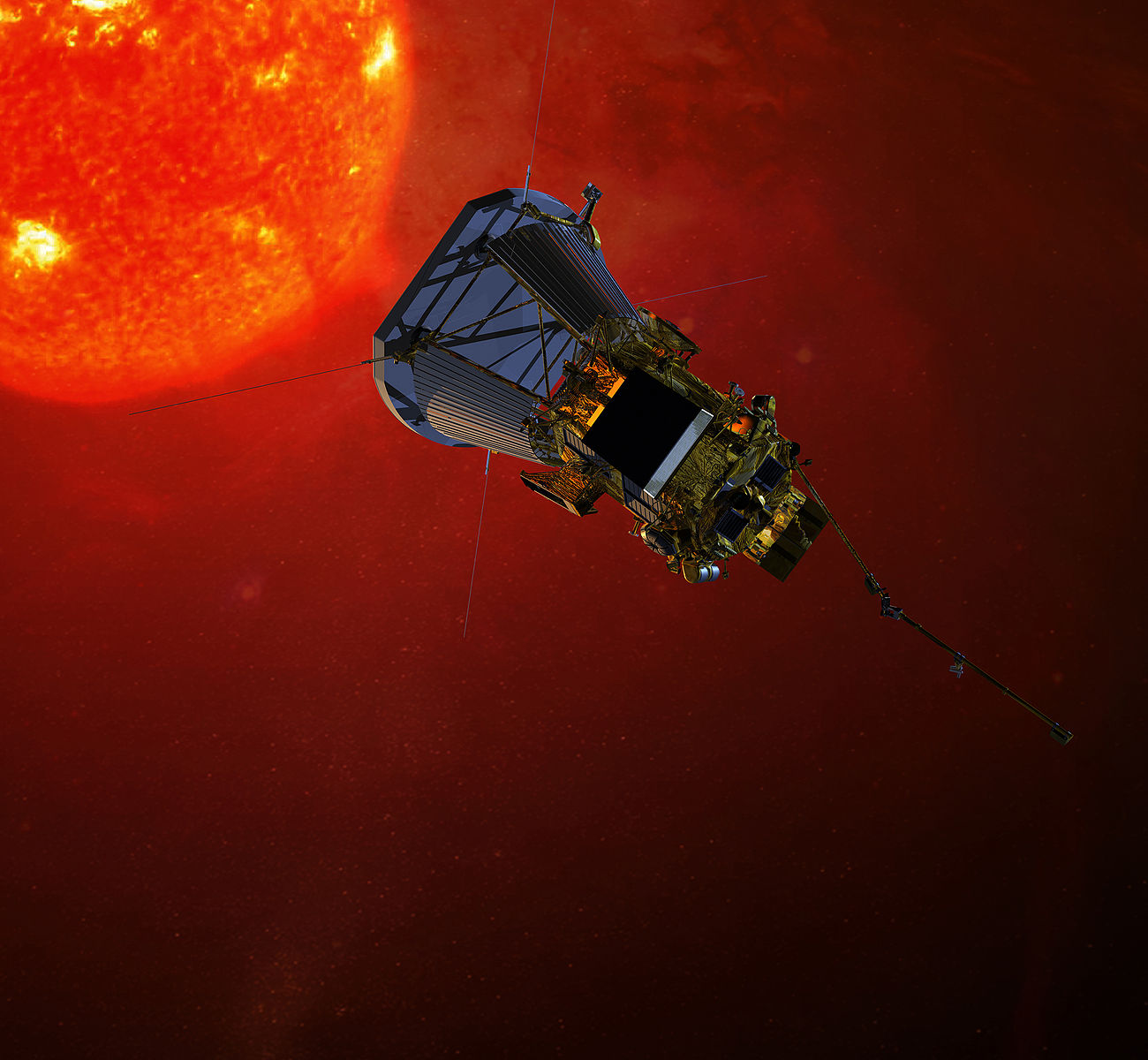
Launched in 2018, NASA’s Parker Solar Probe is the first spacecraft designed to fly directly into the Sun’s corona, closer than any spacecraft before it. This milestone in spacecraft design required the development of a state-of-the-art heat shield capable of withstanding temperatures up to 2,500 degrees Fahrenheit. The probe is equipped with instruments to study the solar wind, magnetic fields, and plasma, helping scientists understand how energy and heat move through the Sun’s outer atmosphere. Parker Solar Probe’s pioneering design and mission to the Sun are crucial for advancing our knowledge of solar physics.
Hayabusa2 (2014) – First Asteroid Sample Return
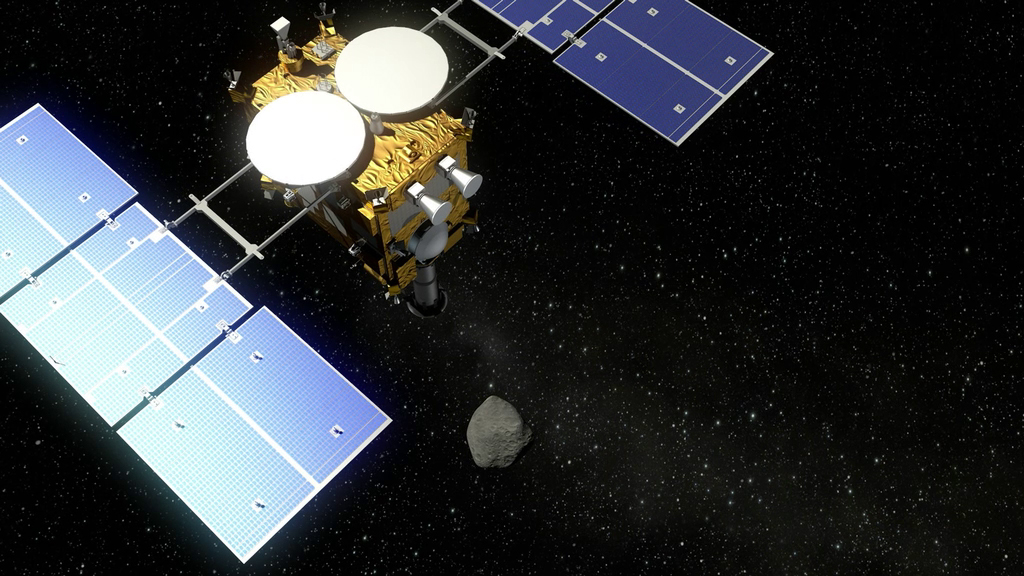
/ Wikimedia Commons
Japan’s Hayabusa2 mission, launched in 2014 by JAXA, was a milestone in spacecraft design for asteroid exploration. The spacecraft successfully landed on the asteroid Ryugu, collected surface samples, and returned them to Earth in 2020. Hayabusa2’s ion propulsion system and precise navigation allowed it to perform multiple landings on the asteroid, deploying small landers and rovers to gather data. Its successful return of samples marked a significant achievement in space exploration, providing valuable material for studying the formation of the solar system. Hayabusa2’s design serves as a model for future sample-return missions.
Dragon 2 (2020) – First Crewed Commercial Spacecraft
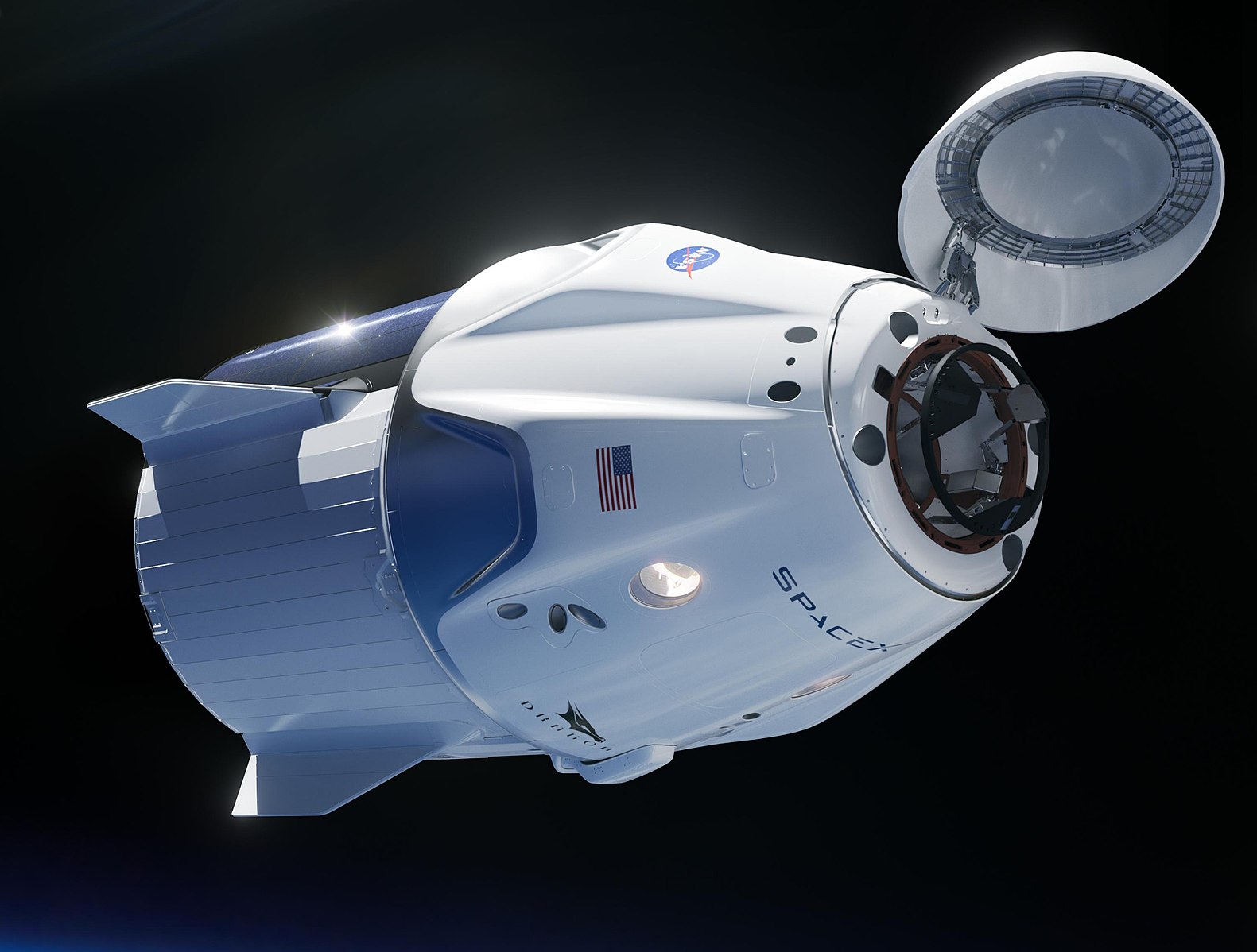
SpaceX’s Dragon 2, also known as Crew Dragon, became the first commercially developed spacecraft to transport astronauts to the International Space Station in 2020. This milestone marked a new era of private space exploration, with Dragon 2 being designed to carry up to seven astronauts and equipped with an advanced life support system, touch-screen controls, and the ability to autonomously dock with the ISS. Dragon 2’s reusable design and integration with Falcon 9 rockets have significantly reduced the cost of space travel, making human spaceflight more accessible and laying the groundwork for future missions to the Moon and Mars.
OSIRIS-REx (2016) – First U.S. Asteroid Sample Return
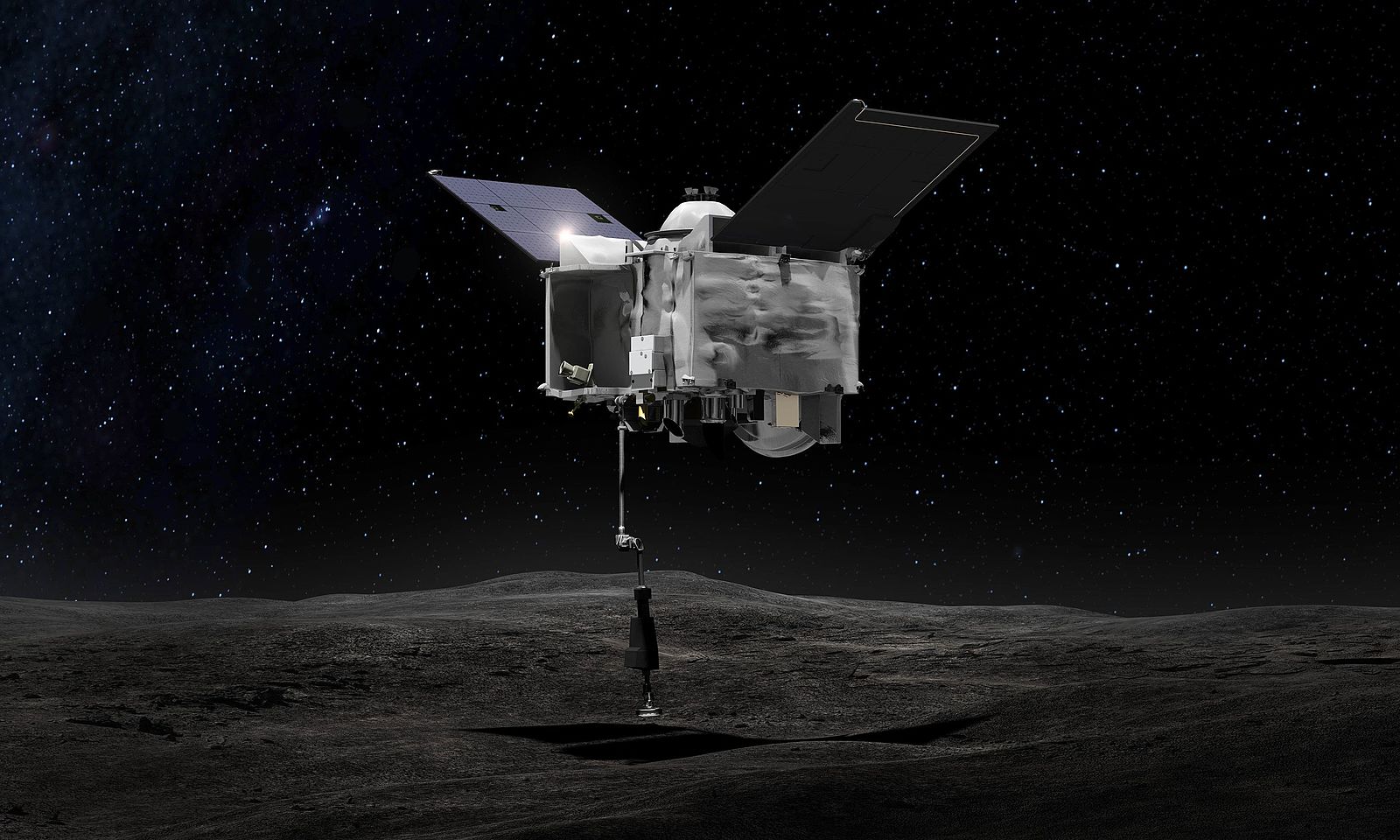
NASA’s OSIRIS-REx mission, launched in 2016, achieved a milestone in spacecraft design by successfully collecting samples from the asteroid Bennu in 2020. The spacecraft’s Touch-and-Go Sample Acquisition Mechanism (TAGSAM) allowed it to collect surface material without landing, a critical innovation in spacecraft sampling technology. OSIRIS-REx’s mission will help scientists understand the composition of asteroids and the early solar system. Its successful sampling and planned return to Earth in 2023 mark a significant achievement in asteroid exploration, demonstrating the capability of spacecraft to interact with small, distant celestial bodies.
James Webb Space Telescope (2021) – Most Advanced Space Observatory
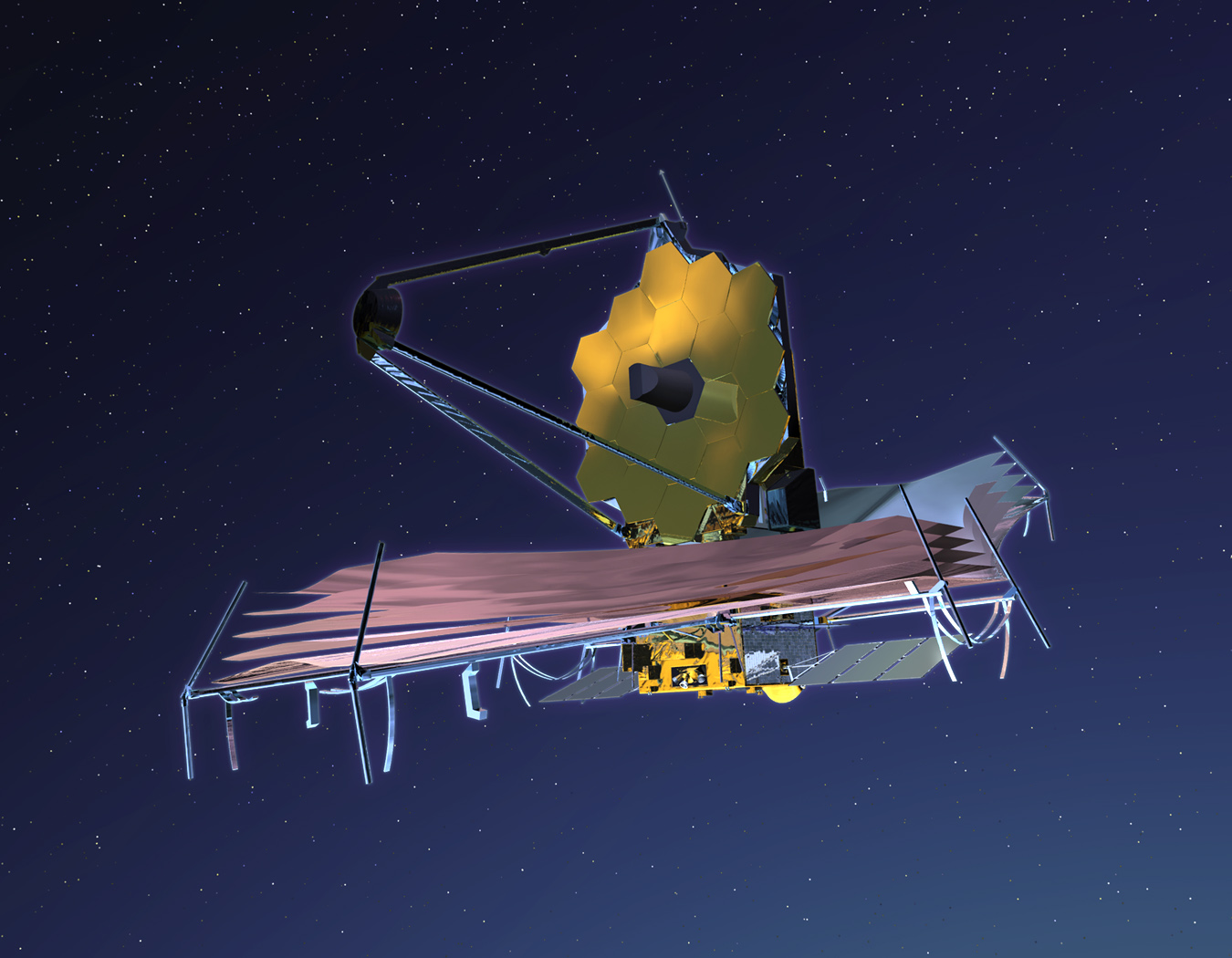
The James Webb Space Telescope (JWST), launched in 2021, represents a major milestone in spacecraft design and space exploration. As the most advanced space observatory ever built, JWST features a 6.5-meter segmented mirror, significantly larger than its predecessor, Hubble. JWST is designed to observe the universe in infrared, allowing it to peer through dust clouds and capture images of the earliest galaxies, stars, and planets. Its complex deployment, which includes a sunshield the size of a tennis court, marks a triumph of engineering, enabling unprecedented discoveries in astronomy and cosmology.
This article originally appeared on MyCarMakesNoise.
More from MyCarMakesNoise
20 Underrated Trucks with Exceptional Capabilities
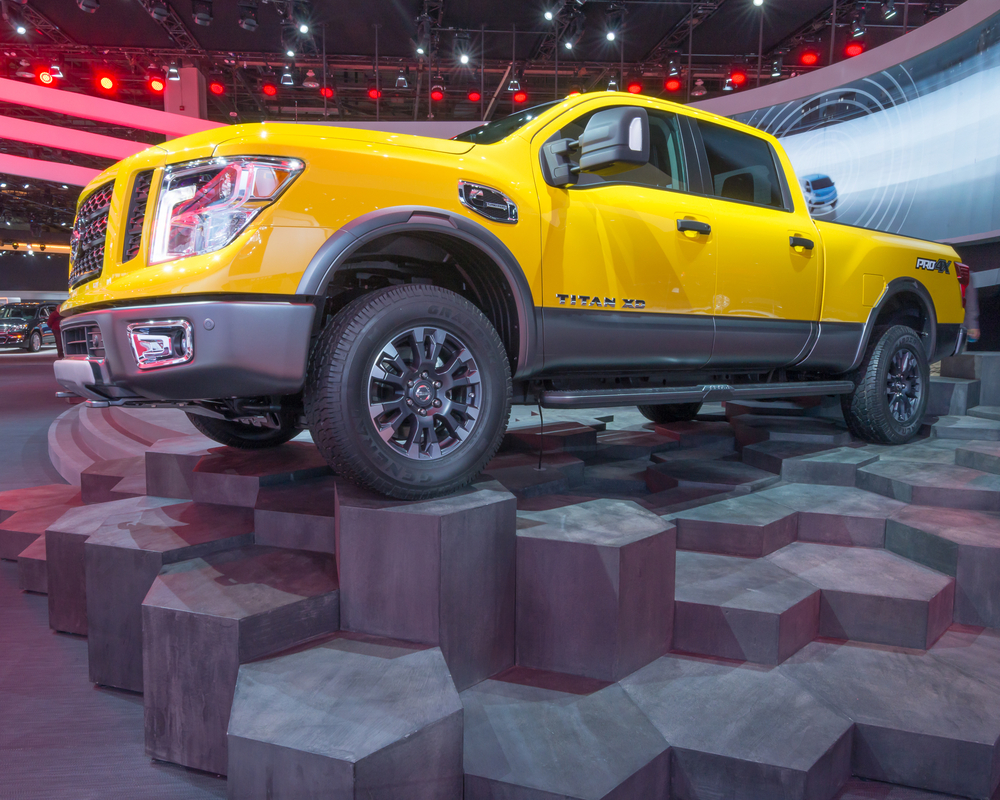
These underrated trucks offer exceptional capabilities, from towing and hauling to off-road performance and everyday practicality. Read More.
Ducati`s 16 Most Famous Motorcycles and Their Performance Records

From groundbreaking designs to unmatched performance on the track, Ducati’s bikes have left an indelible mark on the motorcycle industry. Read More.
Top 10 Amphibious Vehicles for Land and Water Operations
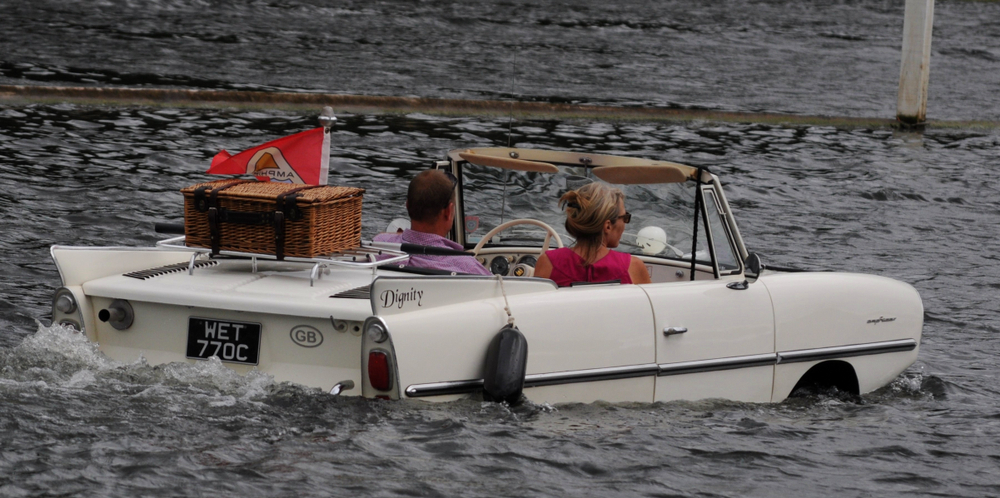
From sleek sports cars to rugged all-terrain vehicles, here are the top 10 amphibious vehicles that excel in both land and water operations. Read More.


